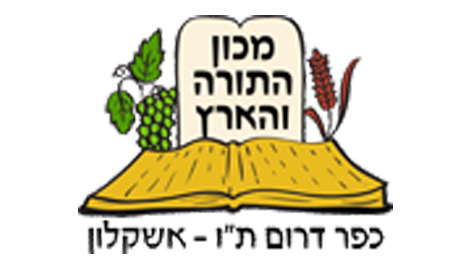Ask the Rabbi
- Torah and Jewish Thought
- Torah Study
- Written & Oral Torah
- Halacha
- Tefillin
- General Questions
Question
Could you please help me? I have a problem with the whole concept of tefillin. I assume tefillin have always only been worn when praying. Obviously, Jews did not wear tefillin all day long two thousand years ago or Paul would have said when converting Gentiles that they did not have to be circumcised, they could eat whatever food they wanted and they did not have to wear tefillin. The Shema does not say you should wear tefillin. In fact, it says “You shall talk about them (the Commandments) at home and abroad, both night and day.” “You shall inscribe them on the doorposts of your homes and upon your gates” is a direct command that can easily be done and is visible both night and day. “They shall be as frontlets between your eyes” is clearly impossible and obviously not meant to be taken literally. “You shall bind them as a sign upon your hand” likewise is clearly impractical ‘both night and day’. It seems obvious to me that the ‘eyes’ and ‘hands’ passages are instructions to remember and obey the commandments 24 hours every day and not instructions to put on tefillin when praying. The Shema is not addressed solely to men. It states that the commandments should be taught to the children. Children are brought up by women. Could you explain to me how I am wrong?
Answer
In fact we see in the Talmud that 1,800 years ago, in the tannaic period we see that R. Akiva and his students, R. Eliezer, R. Yochanan ben Zakai and others explicitly did (!) wear tfilin all day. That doesn't mean that everybody did but we know for sure that many did so. I know next to nothing about Paul, but he could have mentioned or given examples from any of the 248 (!) positive commandments, but obviously chose only particular ones and not others. In fact, tefilin is only during the day and not at night. Anyone who claims that tefilin are "symbolic" and not actual objects is denying reality, for archeologists found tefilin from 2,000 years ago at Massada and in the Dead Sea caves. The tefilin which I bought my son for his Bar Mitzva are identical to those my father bought for me, and his father bought for him, in the unbroken chain and are identical to those found in the Israel Museum from 2,000 years ago, which is most of the way back to the giving of the Torah 3,300 years ago.
A friendly suggestion: you must study Torah with a teacher who can teach you the Oral Tradition, so that you won't mistakenly arrive at gross misunderstandings like you did on this issue.

Midrash Tehillim translation
Rabbi Ari Shvat | Sivan 16, 5782

a mishna
Rabbi David Sperling | Iyyar 16, 5782

What is the difference between the Talmud, Mishnah, and Gema
Rabbi Yoel Lieberman | Tevet 3, 5784




